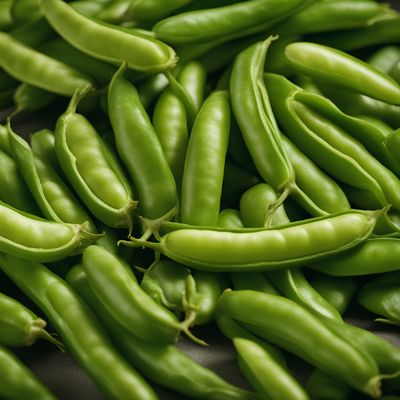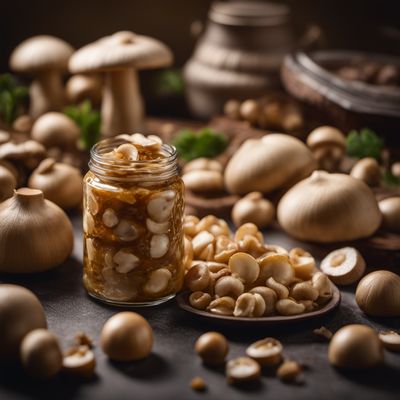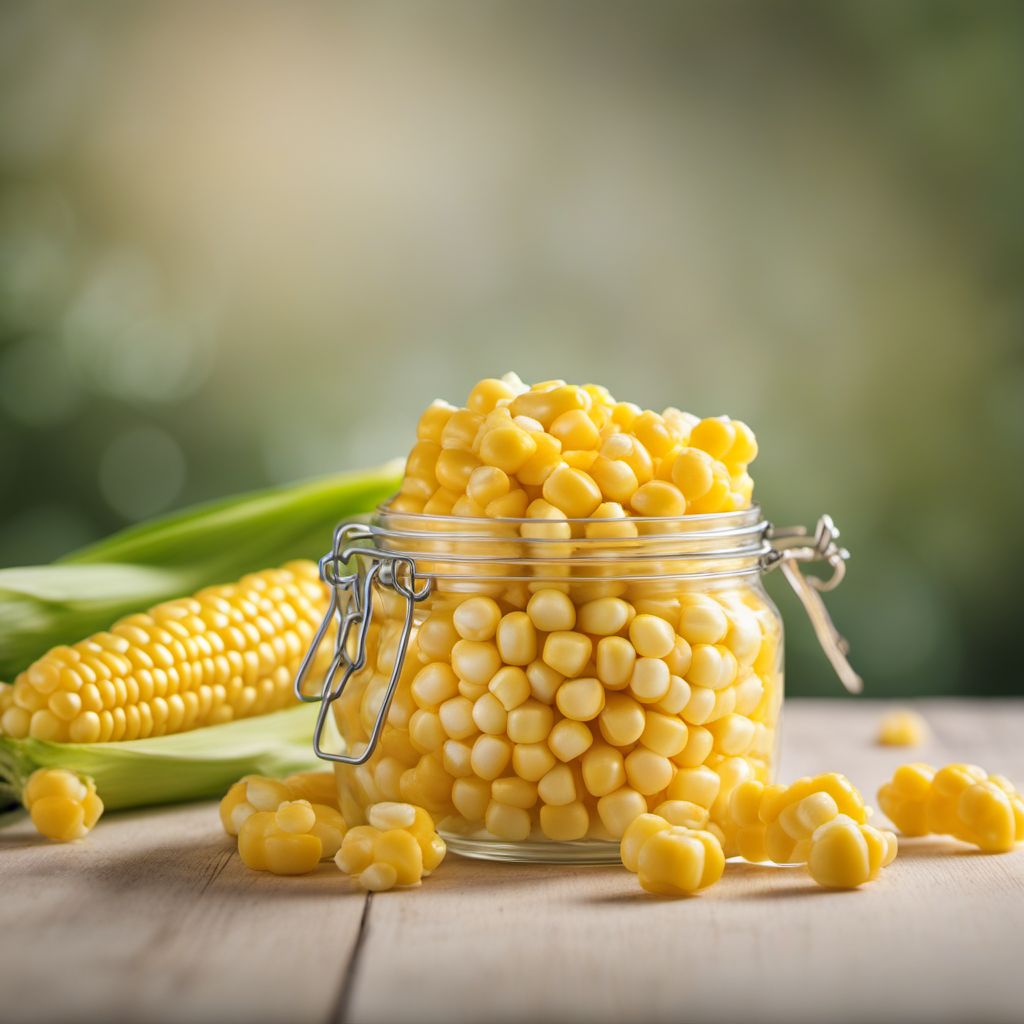
Ingredient
Sweet corn canned
"Sunshine in a Can: Exploring the Delights of Canned Sweet Corn"
Canned sweet corn is harvested at its peak ripeness and then quickly preserved to retain its natural flavors and vibrant color. It has a tender yet slightly crisp texture, with plump kernels that burst with a delightful sweetness. The bright yellow color of the corn adds visual appeal to any dish, making it a popular choice for both salads and cooked preparations.
Origins and history
Sweet corn, a variety of maize, is native to the Americas and has been cultivated for thousands of years. It was first domesticated by indigenous peoples in Central America and later spread throughout North and South America. The canning process, which involves preserving food in airtight containers, was developed in the early 19th century and revolutionized the availability and convenience of sweet corn.
Nutritional information
Canned sweet corn is a good source of dietary fiber, vitamins A and C, and essential minerals such as potassium and magnesium. It is also relatively low in calories, with approximately 90 calories per half-cup serving.
Allergens
Canned sweet corn does not typically contain any known allergens, but individuals with corn allergies should exercise caution and consult with a healthcare professional.
How to select
When selecting canned sweet corn, look for cans that are free from dents, bulges, or rust. Check the expiration date to ensure freshness, and opt for brands that use BPA-free cans for added safety.
Storage recommendations
Canned sweet corn should be stored in a cool, dry place away from direct sunlight. Once opened, any unused portion should be transferred to a covered container and refrigerated. It is best consumed within a few days to maintain its quality.
How to produce
While producing canned sweet corn requires specialized equipment and processes, amateur gardeners can grow their own sweet corn by selecting a suitable variety, providing adequate sunlight and water, and following proper planting and harvesting techniques.
Preparation tips
Canned sweet corn can be enjoyed straight from the can, making it a convenient addition to salads, salsas, or stir-fries. It can also be heated and used in soups, stews, or casseroles. For added flavor, consider sautéing the corn with butter and herbs or grilling it to enhance its natural sweetness.
Substitutions
Fresh or frozen sweet corn can be used as a substitute for canned sweet corn, although the texture and convenience may vary. Alternatively, other canned vegetables like peas or green beans can provide a similar burst of flavor and texture in recipes.
Culinary uses
Canned sweet corn is a versatile ingredient that can be used in a wide range of dishes. It is commonly added to salads, chowders, fritters, and Mexican-inspired dishes like corn salsa or cornbread. Its natural sweetness also makes it a popular choice for desserts such as corn pudding or ice cream.
Availability
Canned sweet corn is widely available in grocery stores and supermarkets worldwide, making it accessible to home cooks and professional chefs alike.
More ingredients from this category
Recipes using Sweet corn canned » Browse all
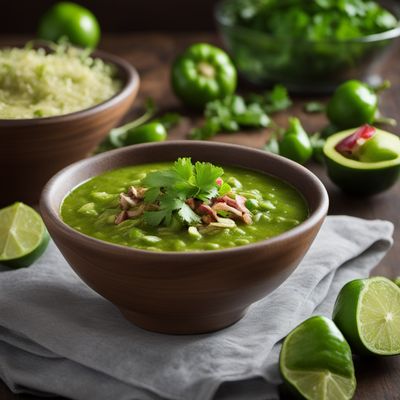
Authentic Mexican Green Pozole
Zesty Green Pozole: A Burst of Mexican Flavors

Authentic Mexican Pozole Blanco Recipe
Hearty Hominy Stew: A Taste of Authentic Mexican Pozole Blanco

Brazilian-style Samosa
Samba Samosa: A Brazilian Twist on a Classic Indian Snack

Budae Jjigae - Latvian Style
Savory Latvian Army Stew: A Fusion of Flavors

Eswatini-style Macaroni Salad
Savor the Flavors of Eswatini with this Vibrant Macaroni Salad
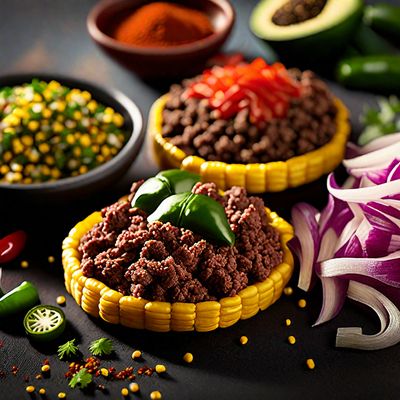
New Mexican Tapas
Spicy Fiesta Bites: New Mexican Tapas

Cucciole Guatemaltecas
Savory Guatemalan Cucciole Delight

Authentic Mexican Menudo Recipe
Hearty Mexican Menudo: A Flavorful Fiesta in a Bowl

Tex-Mex Couque de Dinant
Spicy Tex-Mex Couque de Dinant: A Fiery Twist on a Belgian Classic

Budae Jjigae Italiano
Italian-inspired Army Stew

Dutch-Style Budae Jjigae
Dutch-Inspired Army Stew: A Fusion of Flavors

Vaca Atolada with a Spicy Twist
Spicy Beef Stew with Hominy: A Mexican Delight
